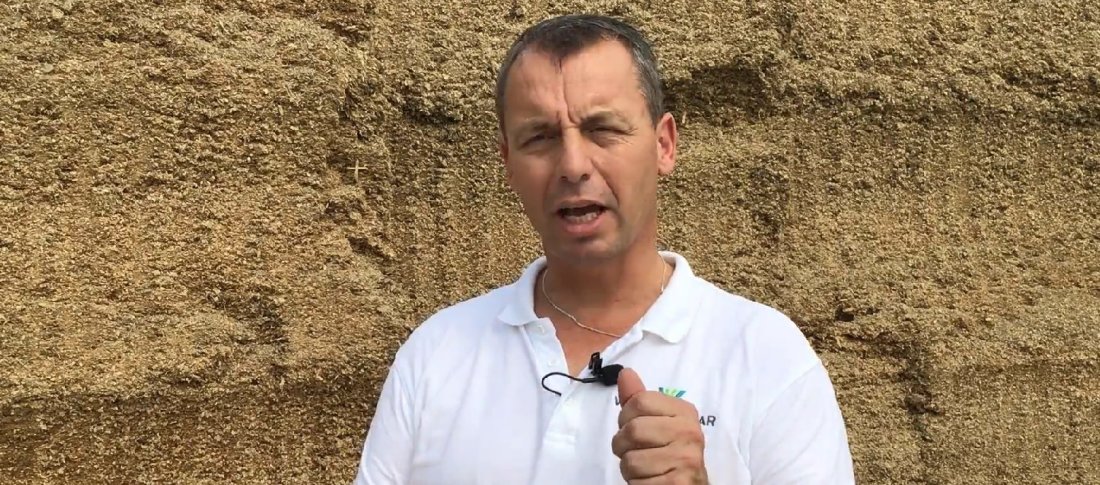Fats and fatty acids are two terms you will commonly find us using in relation to many of our products. These elements have an important role to play in keeping livestock healthy, happy, and productive.
But how much do you really know about fats and fatty acids?
Meet Paul Fransen, Business Development Manager for Fats at Volac Wilmar Feed Ingredients. A specialist in fat nutrition and metabolism in ruminants and monogastrics amongst other things, Paul works to develop the business for specialty fats in Germany, Denmark, Scandinavia, and Benelux.
Recently, Paul was kind enough to step in front of the camera and explore the topic of fats in detail. In these videos, he explains the way the body processes fats, and he breaks down the fundamental differences between fats and fatty acids.
Here’s what he had to say…
Where do fats actually go?
So, what do different fatty acids have to do with where energy and fats go?
In his videos, Paul explains the various places fats can end up, what’s involved in striking the right balance of fats and fatty acids, and what this balance actually achieves.
In practice, fats can end up in multiple places, such as body fat and milk fat. This is important to factor in when choosing a fat supplement, as these supplements need to maintain the right balance between these different areas.
How is this achieved? By striking a balance between key fatty acids. These determine where this fat energy ends up. This means, with the right product, you have a significant degree of control over some of the defining elements of ruminant productivity.
What’s the difference between fats and fatty acids?
It’s not uncommon to hear fats and fatty acids mentioned in the same breath, but there is a distinct difference between the two. Understanding that difference can make a big impact on how you approach managing the nutritional health of your herd.
In his second recording, Paul defines fat vs. fatty acids, explaining that fatty acids are essentially the building blocks of fat.
Why is this an important distinction to make? Paul explains that a cow requires different fatty acids depending on her lactation stage and genetic predisposition.
Some of these vital fatty acids are produced by the cow through the natural digestion process i.e. fermentation of fibers in the rumen, while others are absorbed through feed. The levels of these additional fatty acids can - and should - be adjusted depending on the requirements of the cow.
Looking to learn more?
Clearly understanding the precise role fats and fatty acids play in managing ruminant health ensures you can make strong, informed nutritional decisions on a case by case basis.
To watch Paul’s videos and hear him explore this topic for yourself, simply follow the links below:
Click here to Learn where fats actually go.
Click here to Learn what the differences between fats and fatty acids are.
As always, if you have any further questions about fats, fatty acids, or other elements of ruminant nutrition, feel free to contact us. And don’t forget you can also follow us on Twitter and LinkedIn too.
